Explore the vibrant role of sports in ancient Egypt, ranging from wrestling and archery to chariot racing and water games. Delve into their significance in religious festivals, military training, and daily life, reflecting cultural identity and Egypt’s enduring legacy.
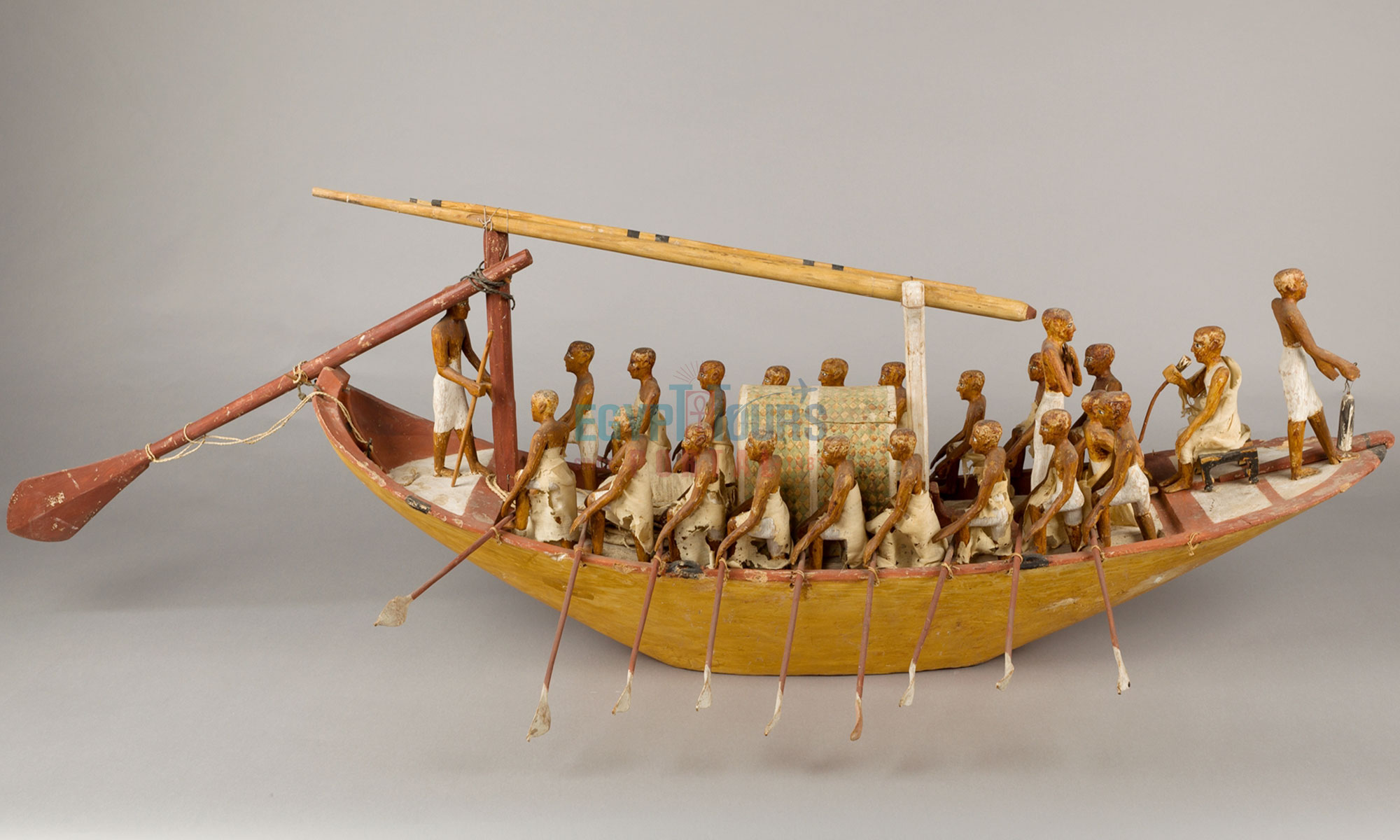
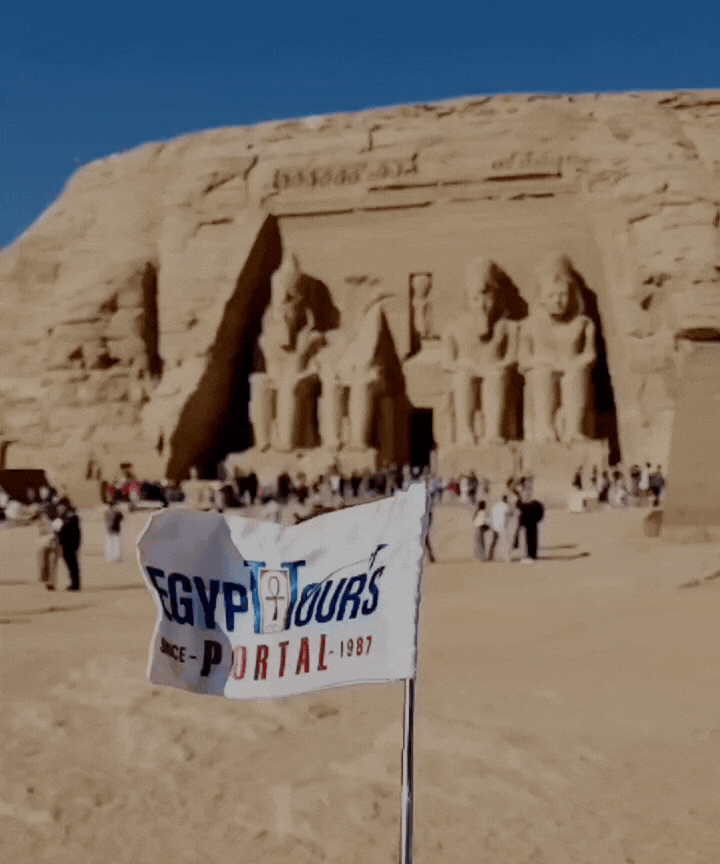
Sports in Ancient Egypt reflected the civilization's values of strength, discipline, and harmony. From the magical banks of the Nile to the grand courts of pharaohs, athletic pursuits were more than mere recreation as they were a testament to the physical prowess, ingenuity, and competitive spirit of the Egyptian people. Whether it was the elegance of swimming in the calm waters of the Nile, the adrenaline of chariot racing, or the strategy of board games like Senet, sports permeated every facet of Egyptian society.
They were vital for physical fitness, education, and military training, while also serving as a medium for religious expression and community bonding. this article will show how they shaped not only the daily lives of individuals but also the broader culture and legacy of one of history’s most enduring civilizations.
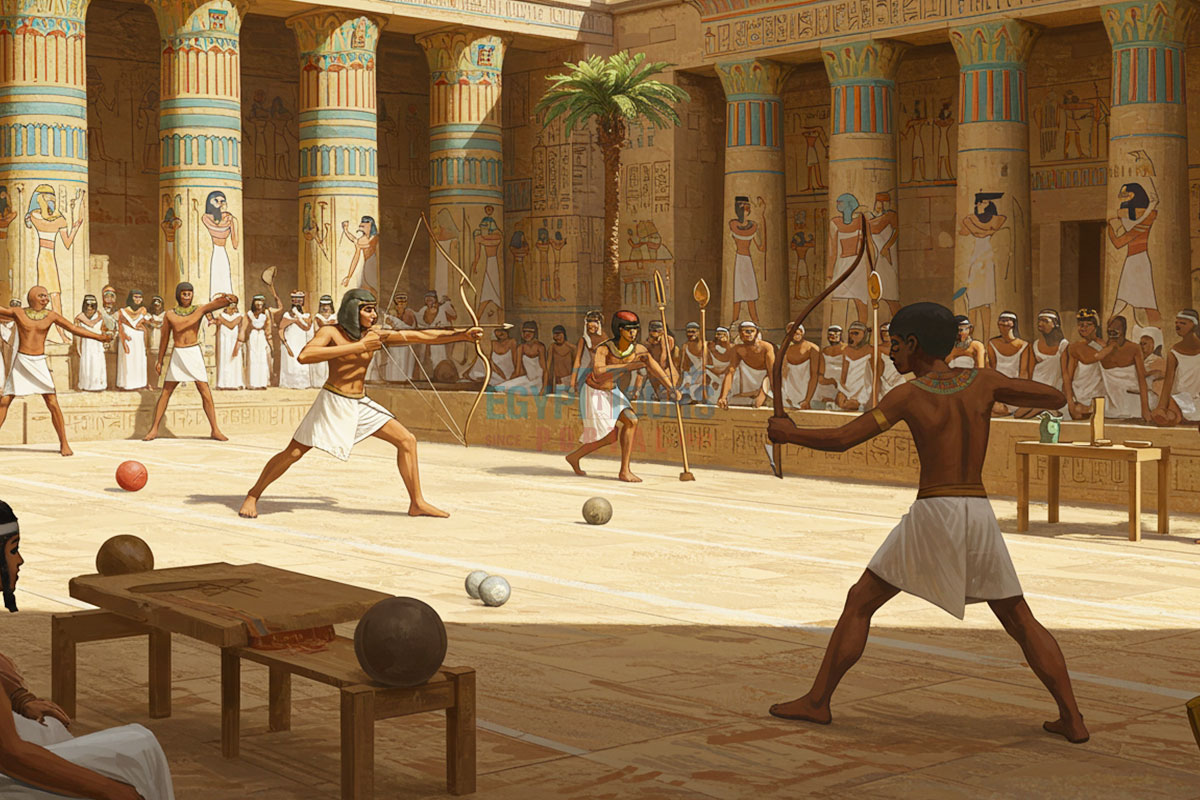
Sports in Ancient Egypt were not merely a pastime but a vital aspect of the Daily Life of Ancient Egyptians, emphasizing both entertainment and education. As early as the Old Kingdom (c. 2613–2181 BCE), physical activities were integrated into the culture, serving as a means to promote physical fitness, social cohesion, and discipline. Sports were seen as essential for maintaining the concept of cosmic order and harmony Ma’at and as a way to ensure a strong, capable populace.
Education for young boys and girls included sports to develop strength, endurance, and strategic thinking. Royal children, especially princes, were trained in sports like archery and chariot racing, preparing them for future leadership. Athleticism was also incorporated into military training, with soldiers honing their skills through wrestling, javelin-throwing, and running. Festivals of Ancient Egypt often accompanied competitions, reflecting their role in community bonding and cultural expression.
Explore more magnificent details about the rituals, beliefs, and customs of the religion of the ancient Egyptians.
Read More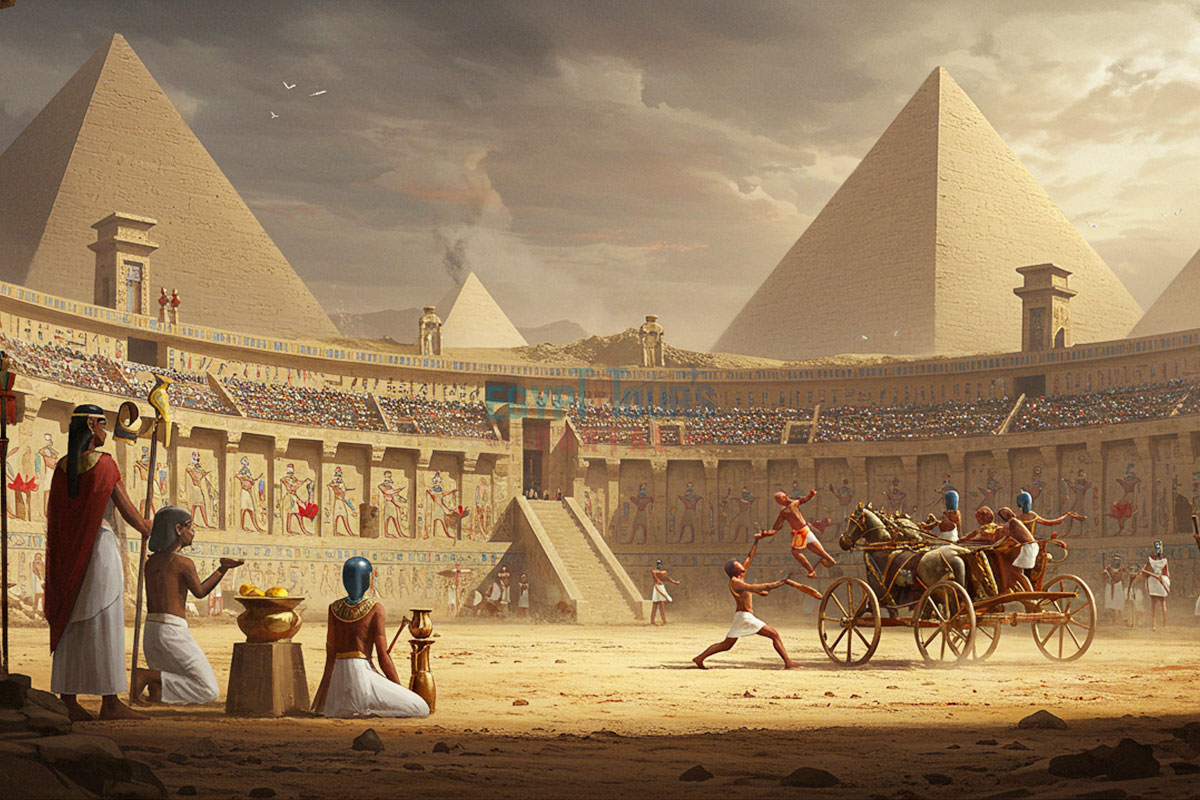
The Egyptians engaged in a variety of sports that showcased their ingenuity, strength, and teamwork. Many sports became popular as early as the Early Dynastic Period (c. 3150–2613 BCE), evolving into organized competitions by the Middle and New Kingdoms.
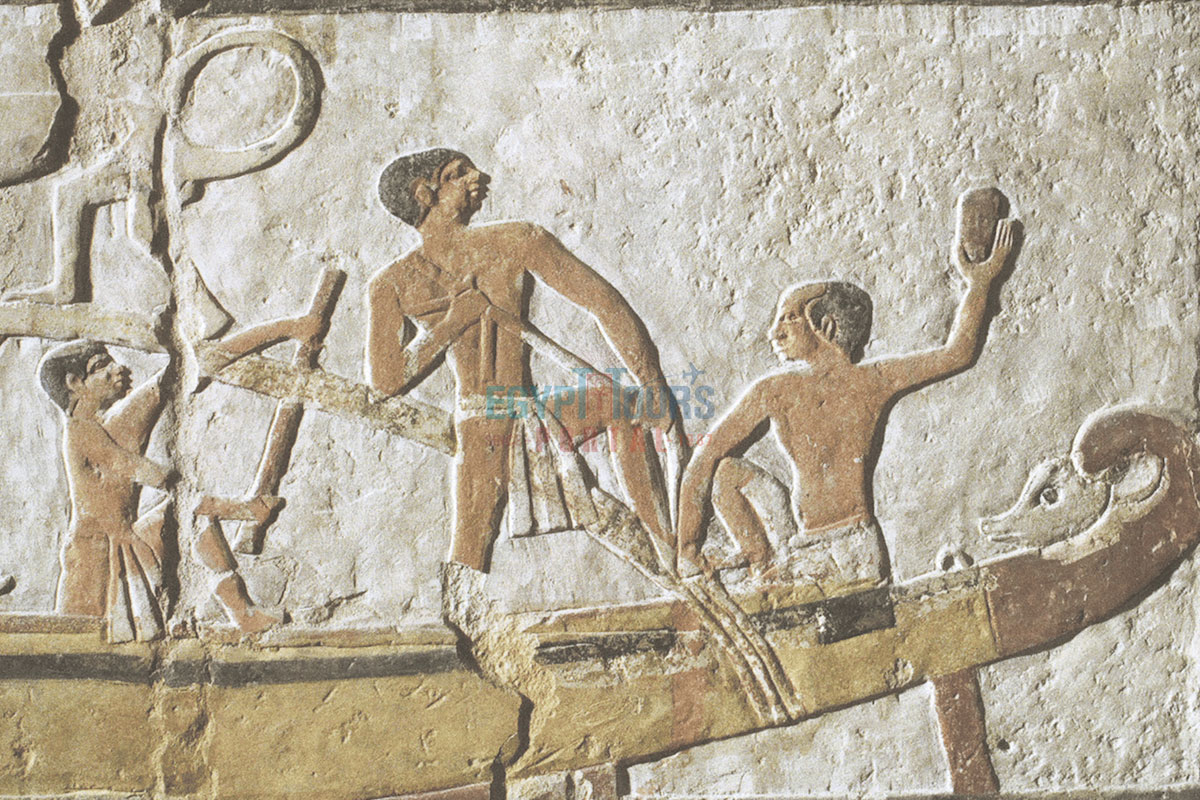
Sports were deeply intertwined with the Religion Of Ancient Egypt. Athletic competitions were often held during religious festivals to honor the gods and reinforce societal harmony. Events like mock battles between the followers of Horus and Set symbolized the eternal struggle between order and chaos.
The Heb-Sed festival, held after 30 years of a pharaoh’s reign, included athletic demonstrations such as running and archery to reaffirm the king’s physical and spiritual fitness to rule. These events were often depicted on temple walls, such as the famous reliefs of Pharaoh Djoser (c. 2670 BCE) performing ceremonial races at Saqqara. The Opet festival of 1500 BC held many sports events that showed the skills of the ancient Egyptians.
The Gods of Ancient Egypt were frequently invoked in sports, with participants offering prayers before competitions. Victories were often seen as a sign of divine favor, further emphasizing the spiritual dimension of athletics.

Sports were a critical aspect of royal life, serving as a means for the pharaoh and the elite to exhibit their physical prowess and divine authority. Depictions of rulers engaging in sports can be traced to the Old Kingdom, with scenes of hunting and archery showcasing their skills.
Pharaohs used sports to reinforce their connection to the gods and their subjects. Amenhotep II’s feats of strength and precision in archery became legendary, while Ramesses II’s hunting scenes, such as those at Abu Simbel (c. 1264 BCE), demonstrated his dominance over nature and his enemies.
Sports were also a feature of royal ceremonies. During coronations and jubilees, the king would participate in marathons or chariot races to symbolize his vitality and readiness to rule. These events were as much about spectacle as they were about asserting authority.
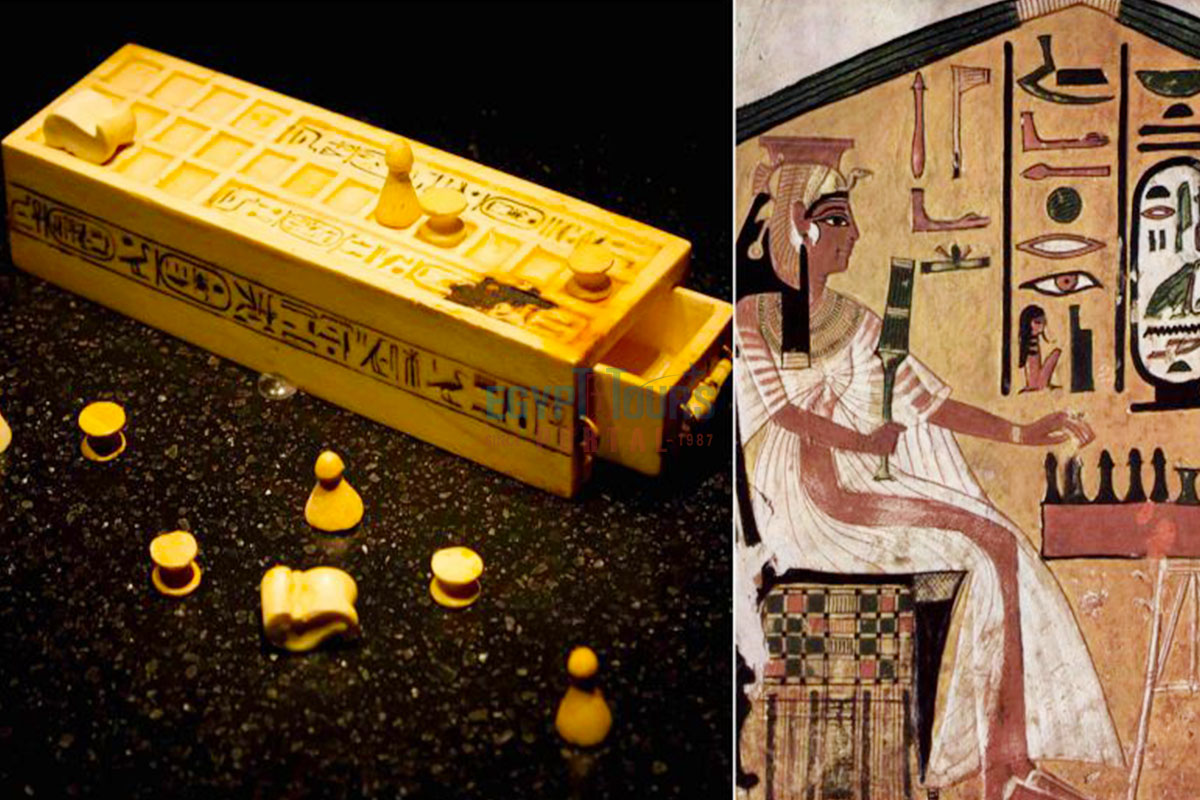
Board games were an intellectual pursuit in Ancient Egypt, reflecting the strategic and spiritual aspects of their culture.
Explore more intriguing details about the games and entertainment of the Ancient Egyptians.
Read More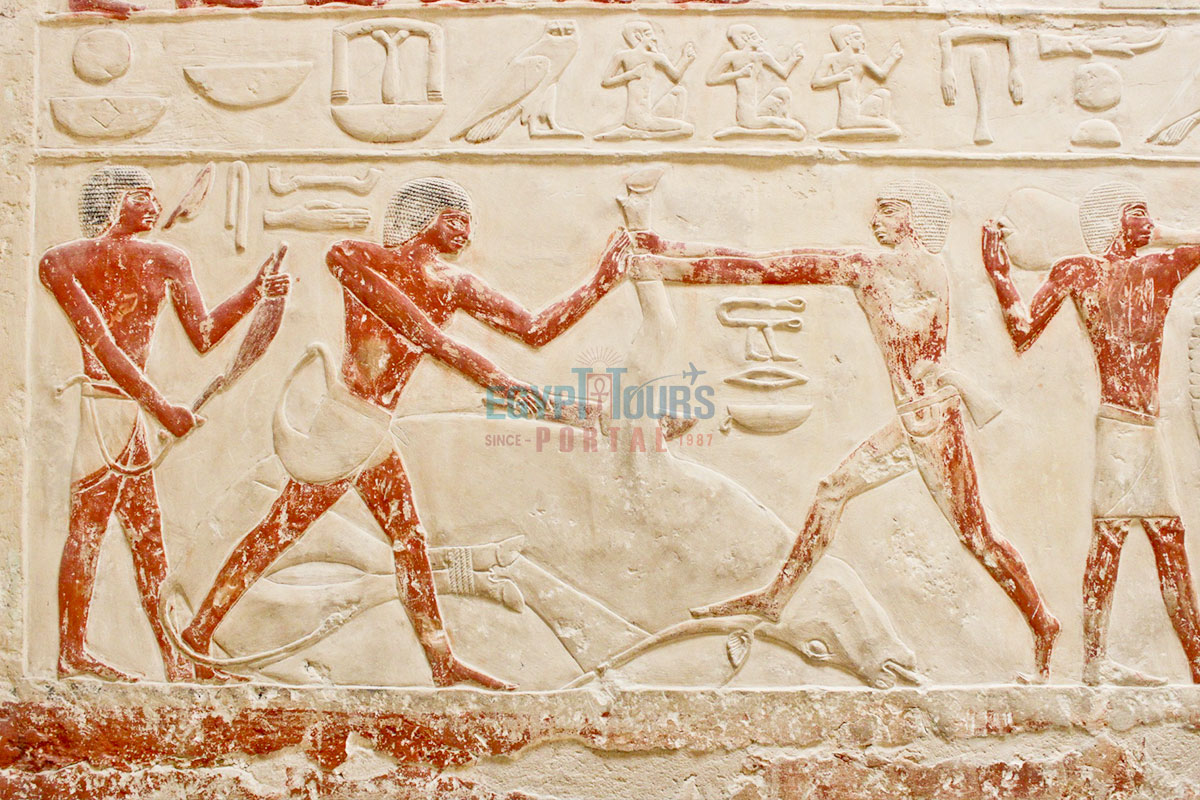
Athletic training in Ancient Egypt was a disciplined process tailored to develop endurance, strength, and technical skills. Training was not limited to elite athletes; it extended to soldiers, hunters, and even children as part of their upbringing. The focus on physical training reflected the societal emphasis on health, preparation for leadership, and alignment with Ma’at—the balance and harmony essential to Egyptian culture.
Athletes and soldiers trained in designated spaces, often within temple complexes or royal estates. These locations served as centers for physical education and preparation for competitions, religious ceremonies, and military campaigns. Temples, seen as places of both physical and spiritual discipline, played a significant role in hosting athletic training sessions.
Princes and Nobility: Royal children, especially princes, underwent rigorous training to prepare for leadership roles. Activities included running, swimming, and archery, which were vital for demonstrating their physical prowess and ability to protect their people.
Soldiers: Military training was centered around wrestling, weightlifting, and javelin-throwing. These sports enhanced physical strength, close-combat skills, and precision in battle. Archery practice, in particular, was essential for soldiers, with some pharaohs, like Amenhotep II, setting the standard for mastery in the sport.
Athletes were trained not only in physical disciplines but also in mental resilience. Focus, strategy, and discipline were core components of their regimen. Coaches or mentors emphasized the importance of staying calm under pressure, a skill particularly important for activities like archery and wrestling.
Nutrition was considered integral to performance. Athletes consumed diets rich in grains like barley and wheat, fish from the Nile, and vegetables such as onions and garlic. These foods provided the energy needed for intense physical exertion. Honey, dates, and figs were also included to offer quick energy boosts.
Training often involved the use of specialized equipment, such as bows for archery, sandbags for weightlifting, and javelins. Techniques were honed through repetition and systematic instruction, ensuring athletes achieved precision and efficiency in their movements.
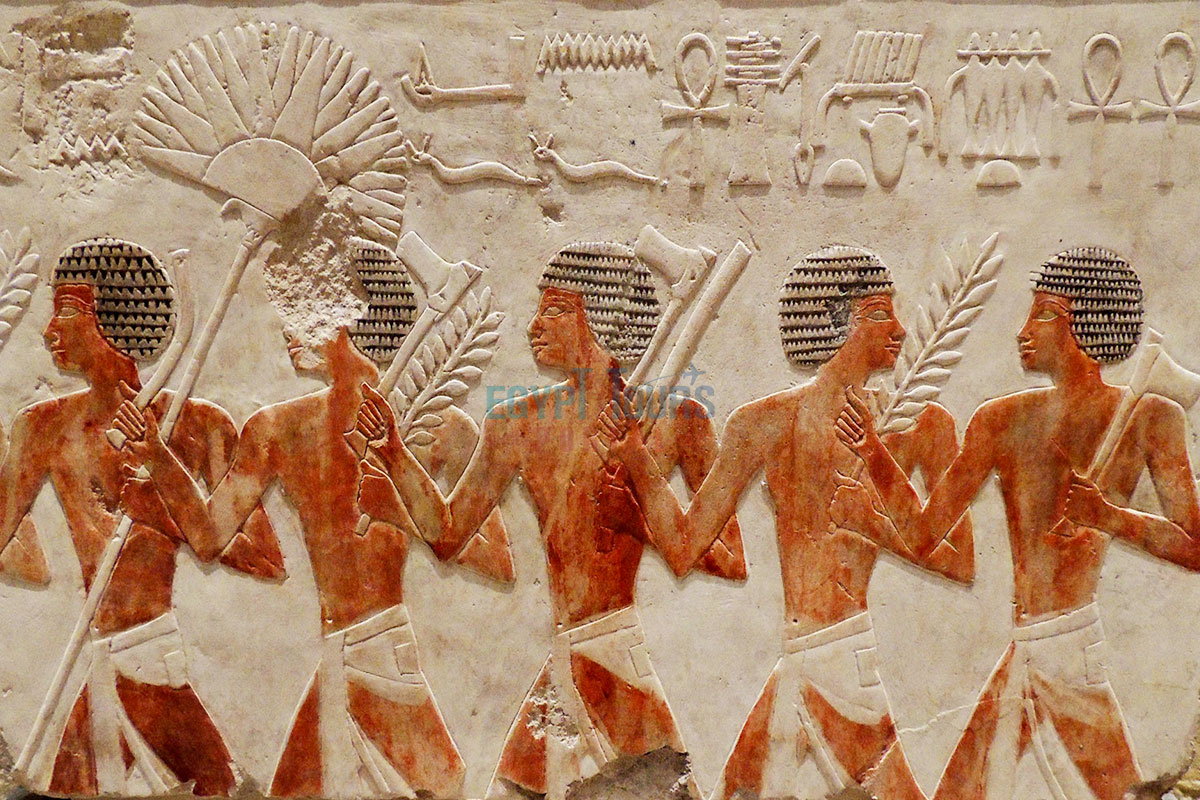
Sports were deeply embedded in Ancient Egyptian art and cultural expressions, reflecting their significance in daily life and societal values. As seen across all the great structures and artifacts of ancient Egypt as seen below:
Tombs from the Middle Kingdom, such as those at Beni Hasan (c. 1900 BCE), showcase vibrant scenes of wrestling, archery, and juggling. These depictions celebrate the physical prowess and competitive spirit of the Egyptians. Temples, including those of Ramesses II at Abu Simbel (c. 1264 BCE), feature carvings of royal athletic feats like hunting and chariot racing. These images were not merely decorative but served to immortalize the king’s alignment with Ma’at and his divine fitness to rule.
Athletic scenes often carry symbolic meanings. Hunting scenes, for example, symbolized the pharaoh’s dominance over chaos and his ability to maintain order. Depictions of gymnastic activities emphasized grace and agility, qualities admired by both men and women.
Sports became a unifying cultural element, celebrated in festivals and rituals. The prominence of sports in art reinforced their role as a medium for expressing values like teamwork, discipline, and the pursuit of excellence.

Women in Ancient Egypt actively engaged in sports, breaking the conventional gender norms of their time and showcasing the egalitarian spirit of Egyptian society. Their participation reflected a culture that valued physical fitness for its contributions to health, beauty, grace, and societal harmony. Women’s involvement in sports was celebrated across all social strata, from commoners to royalty, and held significant cultural, spiritual, and social importance.
Art from the Middle Kingdom (c. 2055–1650 BCE) provides vivid depictions of women engaging in physical activities that highlight their flexibility, agility, and skill:
The participation of noblewomen and queens in sports was a testament to their prominence and influence:
Physical activities, particularly gymnastics, and dance, were central to religious festivals and celebrations:

Sports were deeply embedded in Egyptian culture, serving as a unifying force that brought together people from all walks of life during festivals and celebrations. The Opet Festival (c. 1500 BCE) was held in Thebes, this grand celebration featured rowing and wrestling contests as expressions of communal harmony and devotion to the gods. The Heb-Sed Festival was a renewal ceremony for the pharaoh, it included running and archery contests to showcase the ruler’s vitality, strength, and divine favor.
Rowing and Tug-of-War were considered team-based activities that emphasized cooperation and unity, reflecting values central to Egyptian society. Participation in such sports strengthened social bonds and collective identity, contributing to the societal fabric of Ancient Egypt. Sports events attracted diverse audiences, including nobles, priests, and commoners. The enthusiastic involvement of spectators, through cheering and support, added to the vibrant atmosphere of festivals.

Physical activities in Ancient Egypt played a critical role in preparing individuals for military service, fostering strength, discipline, and strategic thinking. Rigorous physical training through sports ensured Egypt’s armies were highly disciplined, resilient, and capable of executing complex strategies.
This emphasis on athleticism contributed significantly to Egypt’s military dominance, particularly during the New Kingdom’s era of expansion (c. 1550–1070 BCE). Some of the Key Training Activities include:
Chariot racing was both a sport and a crucial training exercise for soldiers, fostering coordination, speed, and teamwork. Mastery of chariot racing was vital for effective battlefield maneuvering, especially during New Kingdom military campaigns.
Explore the most epic tales and details about the ancient battles of the Egyptians.
Read MoreSports were integral to maintaining physical health and enhancing grace, for all Egyptians, who embodied ideals of elegance and vitality. The integration of sports into daily life, festivals, and military training left a lasting impact on Egyptian culture, reflecting their holistic approach to physical and spiritual well-being. The Ancient Egyptian participation in sports highlighted the progressive aspects of Egyptian society, where physical activity was valued by everyone.
Many physical activities were closely tied to religious beliefs, reinforcing the connection between the divine, the individual, and the community. To Uncover the great power and skill of the ancient Egyptians, everyone can book one of our great Egypt tour packages from India or a one of a kind Nile Cruise in Egypt to have fun with each moment in this marvelous travel destination.
Private 4 Days Cairo Tour Packages for Indian Travelers 4 days Cairo Egypt Tour pack...
Tour Location: Cairo – Giza...
5 Days Cairo and Alexandria Tour Package For Indian Travelers 5 days Cairo and Alexa...
Tour Location: Cairo/Giza/Alexandria...
6 Days Cairo, Luxor & Aswan Tour Package For Indian Travelers 6 days Cairo, Luxo...
Tour Location: Cairo/Giza/Aswan/Luxor...
Amazing 7 Days Cairo and Hurghada Holiday for Indian Travelers 7 Days Cairo & Hu...
Tour Location: Cairo – Giza – Hurgh...
The Most Popular Sports Included Wrestling, Boxing, Chariot Racing, Archery, Running, Rowing, and Swimming. Physical Activities Were Integral to Military Training and Social Life.
Yes, Sports Competitions Were Often Organized During Religious Festivals and Royal Events. These Competitions Were an Important Part of Social Life and Entertainment.
Sports Were Not Only a Form of Entertainment but Also a Means to Demonstrate Physical Strength, Discipline, and Skills. They Were Linked to Both Military Training and Religious Rituals.
Chariot Racing Was an Elite Sport Associated With Royal Families and Nobility. It Was a Popular Form of Entertainment During Religious Festivals and Celebrations.
Yes, Both Boxing and Wrestling Were Practiced, With Depictions of These Sports Found in Tomb Paintings and Reliefs. These Activities Were Important Both as Competition and as a Means of Physical Training.
Yes, Archery Was Not Only a Sport but Also a Critical Skill for the Egyptian Military. It Was Practiced for Both Recreational Purposes and as Part of Training for Soldiers.
Sports Were Often Part of Religious Festivals, Where Physical Competitions Symbolized the Strength and Harmony of the Divine Order. Victory in Sports Was Sometimes Seen as a Sign of Divine Favor.
Yes, There Were Professional Athletes, Especially in Sports Like Boxing and Wrestling. Some Athletes Gained Fame and Recognition for Their Skills and Participated in Competitions Held by the Pharaohs.
While Ancient Records Primarily Focus on Male Athletes, There Are Depictions and Evidence Suggesting That Women Participated in Sports, Including Swimming and Gymnastics.
Training for Sports Often Took Place in Schools or as Part of Military Preparation. Young Egyptians, Especially From Noble Families, Were Trained in Various Physical Disciplines to Build Strength, Agility, and Coordination.
The entire country of Egypt deserve to be explored with its every heavenly detail but there are places that must be seen before any other such as the breathtaking Hurghada's red sea, The wonders of Cairo the pyramids of Giza, the great sphinx, the Egyptian Museum, Khan El Khalili Bazaar, the wonders of Luxor like Valley of the Kings, Karnak & Hatshepsut temple and the wonders of Aswan such as Abu Simbel temples, Philea temple, Unfinished obelisk and The Wonders of Alexandria like Qaitbat Citadel, Pompey's Pillar and Alexandria Library. Read more about the best places to visit in Egypt.
If you want to apply for a Visa On Arrival that lasts for 30 days then you should be one of the eligible countries, have a valid passport with at least 6 months remaining and pay 25$ USD in cash, as for the E-Visa for 30 day you should have a valid passport for at least 8 months, complete the online application, pay the e-visa fee then print the e-visa to later be presented to the airport border guard. You could also be one of the lucky ones who can obtain a free visa for 90 days. Read more about Egypt travel visa.
Egypt has a variety of delicious cuisines but we recommend “Ful & Ta’meya (Fava Beans and Falafel)”, Mulukhiya, “Koshary”, a traditional Egyptian pasta dish, and Kebab & Kofta, the Egyptian traditional meat dish.
The best time to travel to Egypt is during the winter from September to April as the climate becomes a little tropical accompanied by a magical atmosphere of warm weather with a winter breeze. You will be notified in the week of your trip if the Climate is unsafe and if any changes have been made.
You should pack everything you could ever need in a small bag so you could move easily between your destinations.
We have been creating the finest vacations for more than 20 years around the most majestic destinations in Egypt. Our staff consists of the best operators, guides and drivers who dedicate all of their time & effort to make you have the perfect vacation. All of our tours are customized by Travel, Financial & Time consultants to fit your every possible need during your vacation. It doesn't go without saying that your safety and comfort are our main priority and all of our resources will be directed to provide the finest atmosphere until you return home.
You will feel safe in Egypt as the current atmosphere of the country is quite peaceful after the government took powerful measures like restructuring the entire tourist police to include all the important and tourist attractions in Egypt. Read more about is it safe to travel to Egypt.
Wear whatever feels right and comfortable. It is advised to wear something light and comfortable footwear like a closed-toe shoe to sustain the terrain of Egypt. Put on sun block during your time in Egypt in the summer to protect yourself from the sun.
The best activity is by far boarding a Nile Cruise between Luxor and Aswan or Vise Versa. Witness the beauty of Egypt from a hot balloon or a plane and try all the delicious Egyptian cuisines and drinks plus shopping in old Cairo. Explore the allure and wonders of the red sea in the magical city resorts of Egypt like Hurghada and many more by diving and snorkeling in the marine life or Hurghada. Behold the mesmerizing western desert by a safari trip under the heavenly Egyptian skies.
There are a lot of public holidays in Egypt too many to count either religious or nation, the most important festivals are the holy month of Ramadan which ends with Eid Al Fitr, Christmas and new years eve. Read more about festivals & publich holidays in Egypt.
Egypt is considered to be one of the most liberal Islamic countries but it has become a little bit conservative in the last couple of decades so it is advised to avoid showing your chest, shoulders or legs below the knees.
Arabic is the official language and Most Egyptians, who live in the cities, speak or understand English or at least some English words or phrases. Fewer Egyptians can speak French, Italian, Spanish, and German. Professional tour guides, who work in the tourism sector, are equipped to handle visitors who cannot speak Arabic and they will speak enough English and other languages to fulfill the needs of all our clients.
The fastest way is a car, of course, a taxi. If you are in Cairo ride a white taxi to move faster or you could board the fastest way of transportation in Egypt metro if the roads are in rush hour.
The temperature in Egypt ranges from 37c to 14 c. Summer in Egypt is somehow hot but sometimes it becomes cold at night and winter is cool and mild. The average of low temperatures vary from 9.5 °C in the wintertime to 23 °C in the summertime and the average high temperatures vary from 17 °C in the wintertime to 32 °C in the summertime. The temperature is moderate all along the coasts.
It is the home of everything a traveler might be looking for from amazing historical sites dating to more than 4000 years to enchanting city resorts & beaches. You will live the vacation you deserve as Egypt has everything you could possibly imagine.









